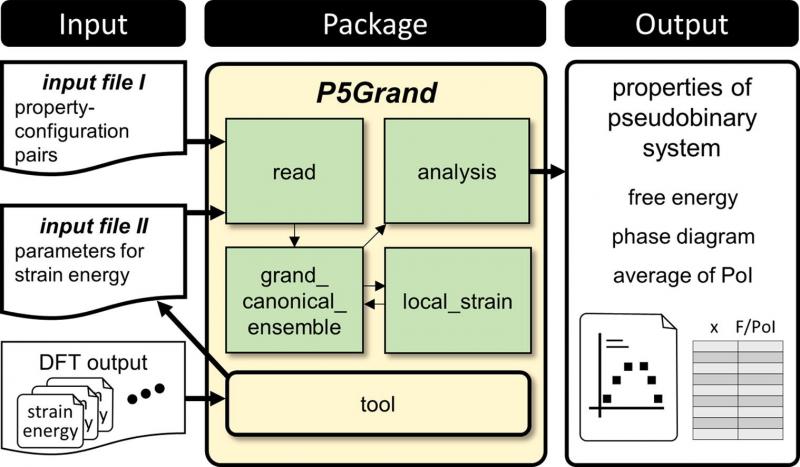Abstract
A general rule for predicting the magnetic moment of Cobalt-based Heusler compounds using compressed sensing and density functional theory
We propose a general rule for estimating the magnetic moments of Co2(cobalt)-based Heusler alloys, especially when doped with late transition metals. We come up with a descriptor that can characterise both pure Co2YZ compounds and the doped ones with the chemical formula Co2Y1−xMxZ (M is the dopant) using online data for magnetic moments of Heusler alloys with Co2YZ structure and compressive sensing approach. The newly proposed descriptor not only depends on the number of valence electrons of the compound also it depends on the number of unoccupied d-electrons in the doping site. A comparison of the performance of the proposed descriptor and the Slater-Pauling rule is made. Unlike the Slater-Pauling rule, which is only effective for half-metallic Heusler compounds, our machine-learning approach is more generic since it applies to any Co2YZ Heusler compounds, regardless of whether they are half-metals or not. We use this new rule to estimate the magnetic moments of a few yet-to-be-discovered Heusler compounds and compare the results to density functional theory (DFT) based calculations. Finally, we use DFT and machine learning investigations to prove their stability.
https://www.sciencedirect.com/science/article/abs/pii/S0304885322007119

